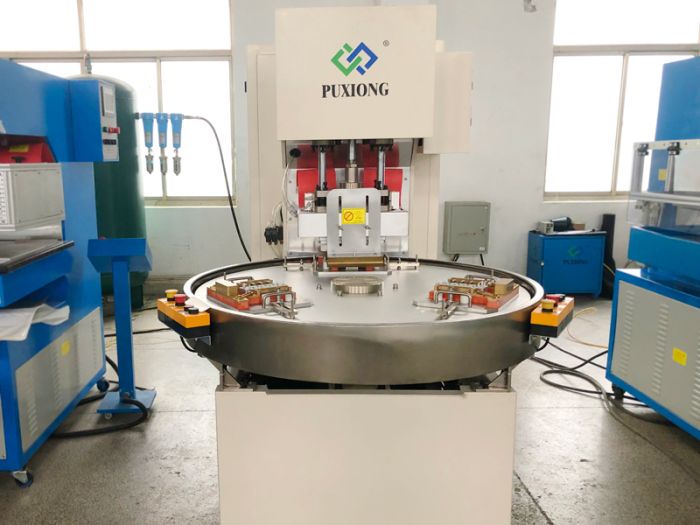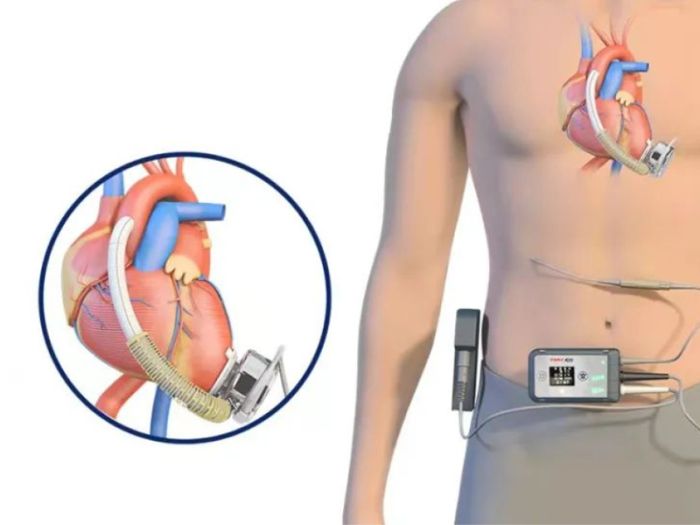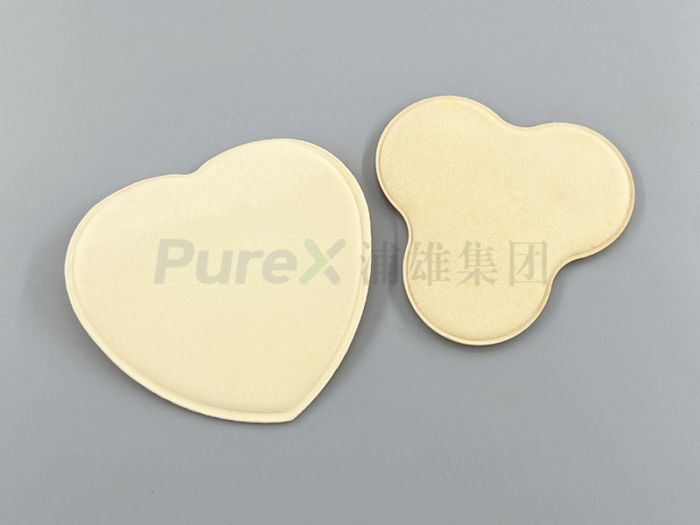TPU isolation bag is the production process
I. Raw Material Preparation
TPU Coil Material: This is the primary raw material for producing TPU isolation bags, typically provided in coiled form.
II. Cutting and Heat Sealing
Cutting:
Professional cutting equipment is used to cut the TPU coil material into the required width and length to suit subsequent production processes.
High-Frequency Heat Sealing:
The edges of the cut TPU are heat-sealed using high-frequency heat sealing equipment to form a bag structure. The high-frequency heat sealing process is completed via electrical heating in the equipment to ensure thorough melting and bonding of the TPU material, creating a strong seal.
III. Quality Inspection and Leak Testing
Quality Inspection:
Inspect the heat-sealed TPU bags for appearance, dimensions, and sealing integrity to ensure compliance with standards.
Leak Testing:
Periodically sample a certain number of TPU bags for leak testing. This typically involves filling the bags with liquid substances (e.g., oil, water) and conducting high-altitude drop tests to check for leaks.
IV. Sewing and Nesting
Sewing (if required):
If additional strength or structural support is needed for the TPU isolation bags, a sewing process may be applied. This is typically completed using sewing equipment such as computerized double-needle sewing machines.
Nesting:
For TPU isolation bags requiring a multi-layer structure (e.g., inner layer TPU, outer layer other materials), the layers are nested together and secured via sewing or heat sealing.
V. Final Inspection and Packaging
Final Inspection:
Conduct a final inspection of the finished TPU isolation bags to ensure all meet quality standards.
Packaging:
Package the approved TPU isolation bags for storage and transportation.



